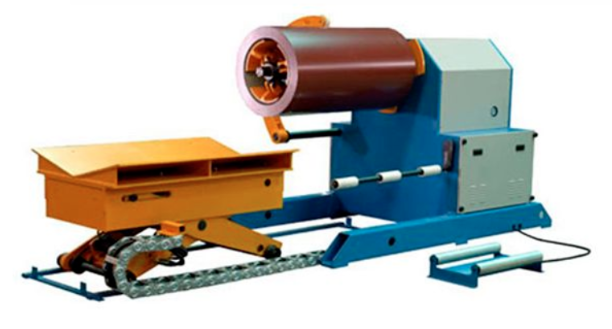
Posted on Monday, September 30, 2024
An uncoiler is an essential machine in the roll forming process, responsible for feeding metal coils into the roll forming line. The uncoiler holds and unwinds large coils of metal (such as steel, aluminum, or copper), preparing them to be shaped into specific profiles by the roll forming machine. It is the first stage in the production process, and its smooth operation is critical for maintaining the continuous flow of material.
In summary, an uncoiler plays a vital role in ensuring that the roll forming line operates efficiently, reducing downtime and enhancing the overall quality of the finished product.

32/1000 Box Profile Roll Forming Machine – Complete Guide & Specifications
Posted on Sunday, November 16, 2025
High-performance 32/1000 box profile roll forming machine for roofing and cladding. Full specifications, profiles, applications, pricing

PBR / R-Panel Roll Forming Machine – Complete Guide & Specifications
Posted on Sunday, November 16, 2025
PBR / R-Panel roll forming machine for roofing and wall cladding. Full specs, profiles, applications, pricing, and global buying guide. Built to order.

Posted on Sunday, November 16, 2025
How to Diagnose and Fix the Hidden Electrical Problems That Cause Downtime
Copyright 2025 © Machine Matcher.